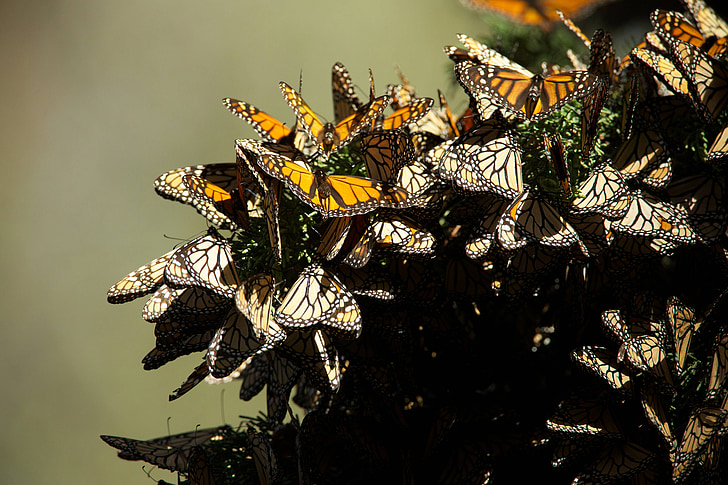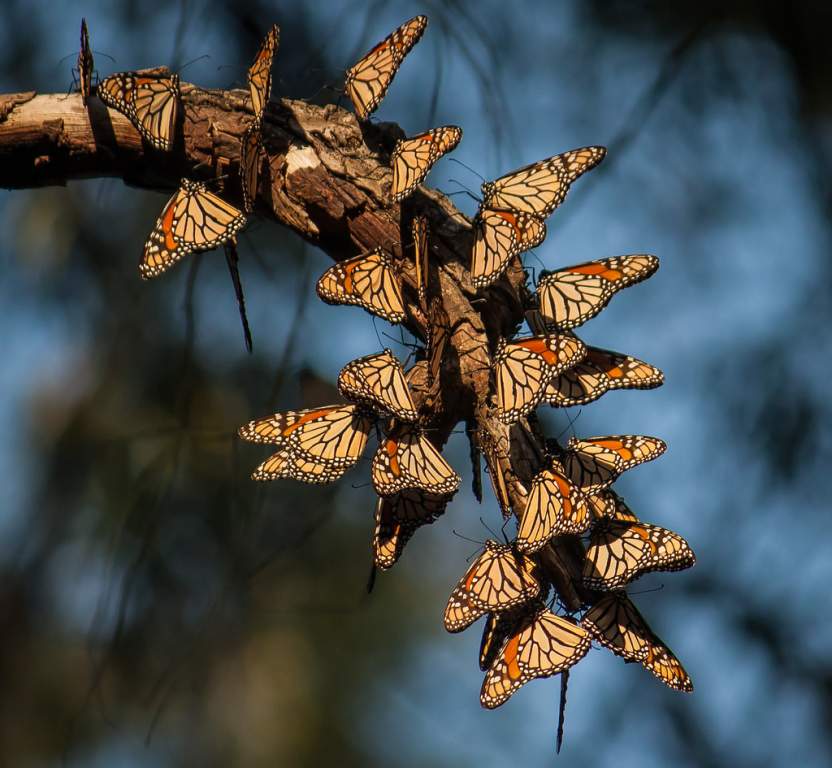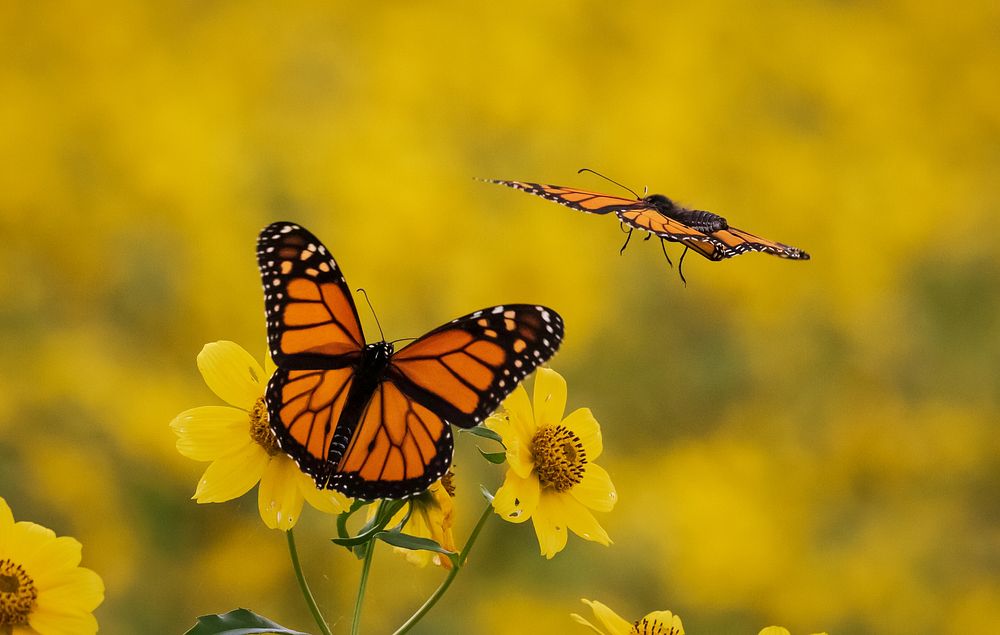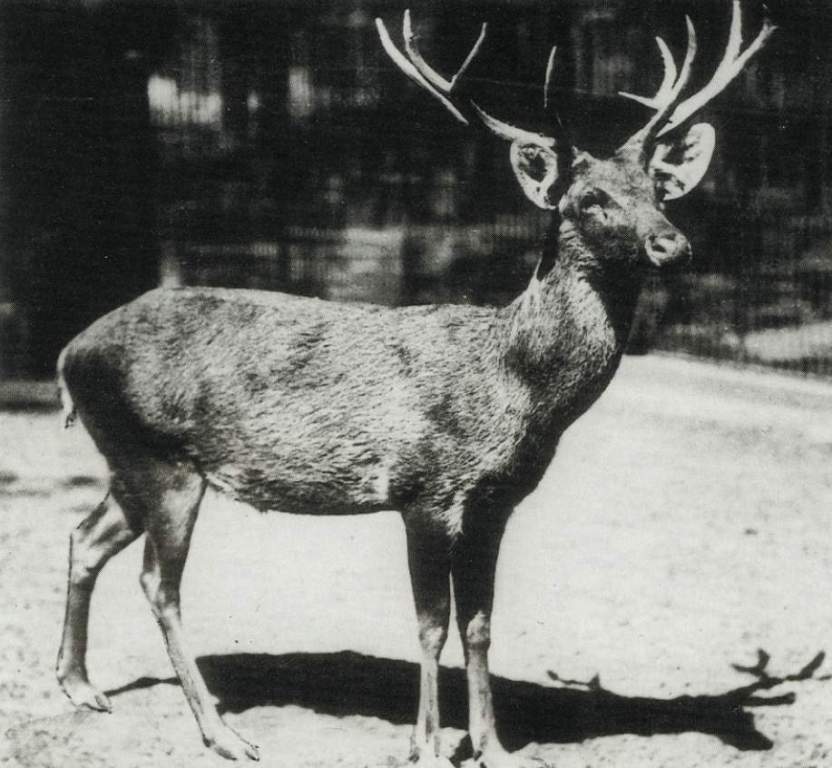The migration of monarch butterflies is the world’s rarest phenomenon. On the Mexican mountains, orange, and black monarch butterflies gather in countless numbers. They cover 10 acres after a 3,400-mile journey from the U.S., where they’ve earned a rest. Biologists count the butterflies that migrate from the United States and Canada to the highlands west of Mexico City, where they spend the winter. Unfortunately, the population of monarch butterflies has been in serious decline in recent years.
But thanks to conservation efforts by the Canadian, Mexican, and American governments,. They are making great efforts to increase the insects, which have been making a big comeback. Rather than being tallied individually, the thick clumps that monarch butterflies form are measured by the surface area they cover. The population has grown since 2014 after a threatening drop compared to the previous decade.
In the last winter, the population had increased in significant numbers and covered 10 acres, as compared to 2.8 acres in 2014. The lowest population was recorded in 2013, when only 1.66 acres were covered. Millions of butterflies congregate, clustering onto pine and oyamel trees, appear orange, and branches sag from the weight. Over the course of this journey, four generations of monarch butterflies are born and die. Climate change affects the patterns of migration.
The nature lovers believed Mexico, the United States, and Canada should enhance their conservation efforts to protect and restore the habitat of this butterfly along its migratory route. Moreover, in recent times, the United States has been working to reinstate milkweed, a plant important to butterflies’ migration, on about 1,160 square miles within 5 years, both by planting and by designating pesticide-free areas.
In addition, it is also cracking down on illegal logging in the area the butterflies call home, as the trees are critical protection for the flimsy animals against the weather. During the migration of monarch butterflies, they fly north once they are exposed to cooler temperatures. Therefore, dense congregations are supposed to conserve heat; however, if warmed by the sun, the butterflies take flight.
Moreover, the beating of their wings has been compared to the sound of light rain, and the reserve is susceptible to lethal, freezing temperatures. Nature lovers truly love the migration of monarch butterflies every year.









